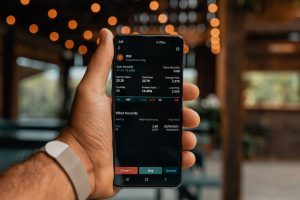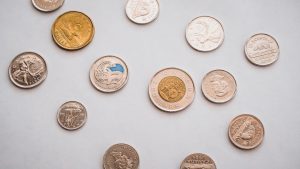Forex, or foreign exchange trading, is a popular form of investment that allows individuals to trade currencies from all over the world. One of the key features of forex trading is its high leverage, which can enable traders to make significant profits with relatively small investments. However, leverage can also amplify losses, making it a risky strategy for inexperienced traders. In this article, we will explore how leverage works in forex trading, the risks and rewards of using leverage, and how to manage leverage effectively.
Leverage is a financial tool that allows traders to control a large position with a relatively small amount of capital. In forex trading, leverage is expressed as a ratio, such as 50:1 or 100:1. This means that for every dollar of capital, a trader can control $50 or $100 worth of currency. For example, if a trader has a $1,000 account and uses 100:1 leverage, they can control up to $100,000 worth of currency. This allows traders to take advantage of small movements in exchange rates to make a profit.
The main advantage of using leverage in forex trading is the potential for higher profits. With a small investment, traders can control a much larger position, which means that even small movements in exchange rates can yield significant returns. For example, if a trader buys $100,000 worth of currency and the exchange rate moves by just 1%, they can make a profit of $1,000 (minus transaction costs). This is a much higher return than they would get if they invested the same amount of money in a traditional savings account or stock market.
However, leverage can also amplify losses. If a trader uses 100:1 leverage and the exchange rate moves against them by 1%, they will lose $1,000 – which is their entire investment. This means that leverage can be a risky strategy, especially for inexperienced traders who may not fully understand the risks involved.
To manage the risks of leverage, traders need to have a solid understanding of the market and the currency pairs they are trading. They also need to have a clear trading plan and risk management strategy in place. This may involve setting stop-loss orders to limit potential losses, or using other risk management tools such as hedging.
It is also important to choose a reputable forex broker that offers transparent and fair trading conditions. This includes competitive spreads, low transaction costs, and reliable execution speeds. Traders should also check the broker’s regulatory status and ensure that their funds are held in segregated accounts to protect against fraud or bankruptcy.
In conclusion, leverage can be a powerful tool in forex trading, allowing traders to control large positions with a small investment. However, it is important to understand the risks involved and to have a solid trading plan in place before using leverage. With careful risk management and a reputable broker, leverage can be a valuable strategy for experienced traders who are looking to maximize their profits in the forex market.






